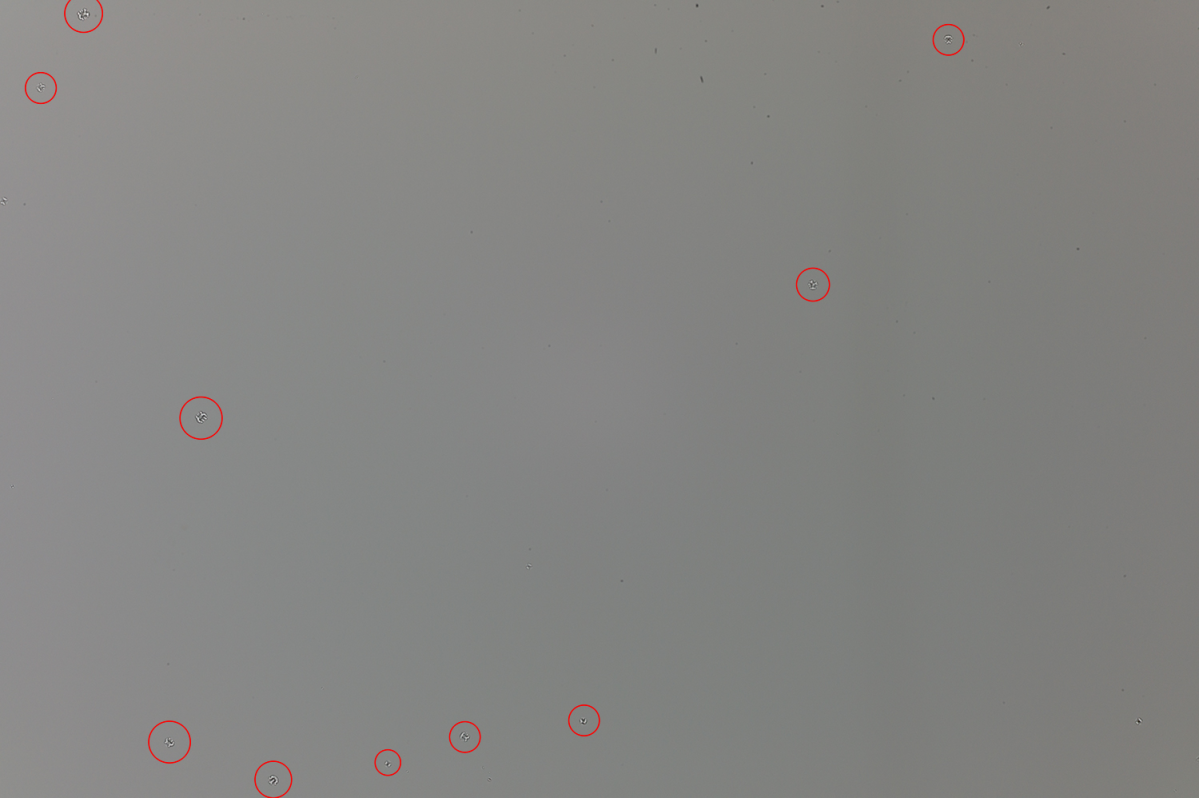Leica has just updated the CCD Corrosion Upgrade Program once again, eliminating discontinued models and adding additional camera options. The program started in 2015 as an alternative to sending an affected camera in for service. Recently, the price for a straight-up sensor replacement increased to $1,595.
You can read more about the two options and the history of the CCD corrosion issue in greater detail here: Price Increased on Leica CCD Sensor Replacement
Program Changes
The M Monochrom (Typ 246) and SL (Typ 601) have been dropped and are no longer available. Current models M10, M10-P and M10-D remain in the program and a few Leica CL options have been added. Unfortunately, the recently introduced Q2, SL2 and M10 Monochrom are not being offered as upgrade options at this time.
The good news is that the upgrade pricing doesn't seem to have been impacted by the latest price increase. So, the relative value of moving up to an M10 or M10-P has actually improved.
Upgrade Options and Pricing
| Upgrade from M9 / M-E | Upgrade from M9-P | Upgrade from Monochrom | ||
| Upgrade to M10-P | $6,000 | $5,800 | $5,400 | |
| Upgrade to M10-D | $6,000 | $5,800 | $5,400 | |
| Upgrade to M10 | $5,200 | $5,000 | $4,800 | |
| Upgrade to CL Body | $1,500 | $1,500 | $1,500 | New |
| Upgrade to CL Starter Bundle w/ 18mm TL | $2,100 | $2,100 | $2,100 | New |
| Upgrade to CL Vario Bundle w/ 18-56mm TL | $2,800 | $2,800 | $2,800 | New |
Eligibility
As before, only M9, M-E, M9-P or original CCD-based M Monochrom cameras that exhibit sensor corrosion are eligible for the upgrade program. We can help you determine if your camera’s CCD sensor shows signs of corrosion. See below for instructions on shooting a proper test image and how to email us the file for evaluation.
How to tell if your camera has corrosion
If you think your camera may be exhibiting signs of CCD corrosion, you can email us a full resolution JPEG file and we are happy to evaluate it for you. Should your camera suffer from CCD corrosion, we can then discuss the best way to proceed with a sensor replacement or camera upgrade. Here’s how to get us a full resolution image to check for corrosion:
- Set the camera to its base ISO setting
- Set the camera to shoot either DNG+JPEG or JPEG only
- Attach a lens to the camera (a 35mm or 50mm works best)
- Stop the lens aperture all the way down (f/16 or f/22 depending on the lens)
- For a subject, either a solid blue sky or a solid, light colored wall is ideal
- If shooting the sky, focus the lens to the closest distance. If shooting a wall, focus the lens at infinity (you want an image that is as out of focus as possible).
- Shoot an exposure of the wall or sky and be sure to move the camera around during the exposure (to blur any details in the image, as we want to only see what may be on the sensor)
- Email us the JPEG file for evaluation
Below is an example of an image from an M9 that is showing CCD corrosion, which is highlighted in red circles. You can see the white “halos” around the spots that indicate corrosion. The sensor also has numerous dust spots that can be cleaned, however it is important to see the difference between the regular dust (easily cleaned) and the corrosion spots (which require a sensor replacement).


Leave a Reply